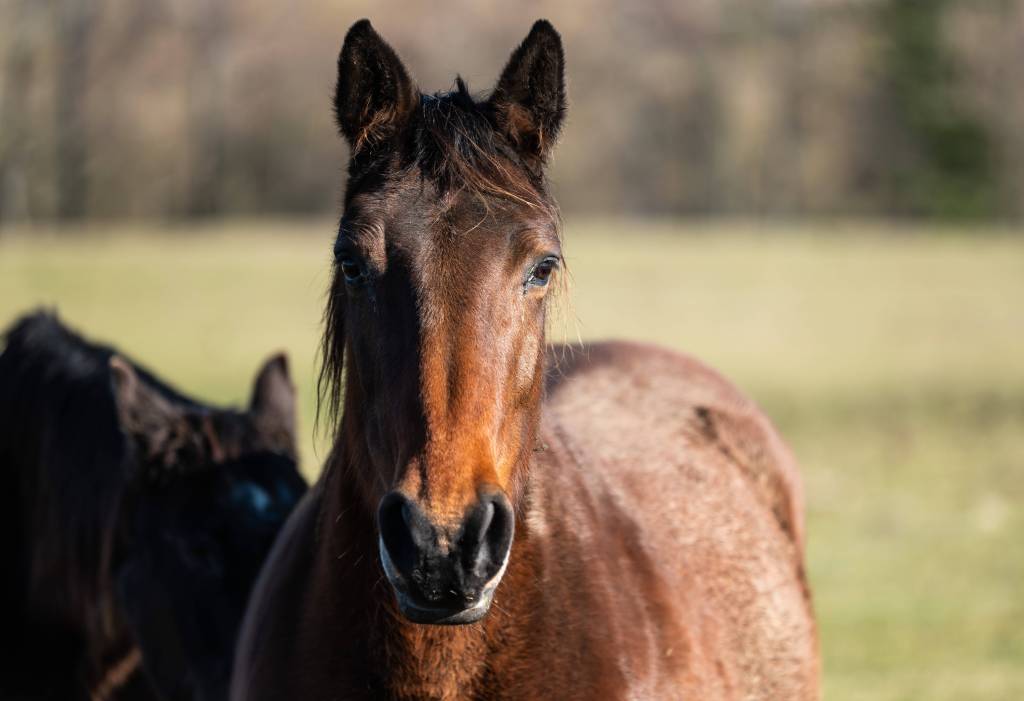A major investigation has been launched after more than 500 dead horses were found in various stages of decomposition at a property earlier today.
Hundreds of dead horses carcasses were found in a dry creek bed at the property, near Wagga Wagga in New South Wales, Australia.
Wagga Wagga City Council said it was working with NSW Police to investigate the deaths of the horses.
“Once the inspection of the property commenced, it became clear that the slaughtering of horses had been occurring for a long period of time,” they said in a statement.
“Numerous separate dumps of carcasses were discovered at locations throughout the property.
“Once the extent of the operation had been identified, NSW Police and other State Government agencies began collecting evidence for possible offenses and regulatory actions under a range of NSW State Government legislation.”

Some of the horses were no more than skeletal remains, while others appeared to have been killed relatively recently, the council added.
The ABC has reported that it may be an alleged illegal knackery, which is a premises used in slaughtering animals for animal food, according to the NSW food authority.
The local council’s general manager Peter Thompson, who visited the property four weeks ago, told the ABC it was a “difficult sight.”
“I think it’s quite confronting when you see 500 [horse carcasses],” he told the outlet.
“One pile was 200 and then we did rough counts on other piles on various locations throughout the property.
“An attempt had been made to cover up those horses with soil. That attempt had been made in the days before our arrival.”
Wagga Wagga councillor Michael Henderson said he was floored by the discovery.
“It just took us all by surprise. That’s not the sort of thing you’d expect to find in this area, especially the number of horse carcasses [that] were found,” he told the outlet.
“[It’s] very out of character for this region.”
Investigations are ongoing.
NSW Police have confirmed that they provided assistance to the Wagga Wagga City Council officers in the investigation.














